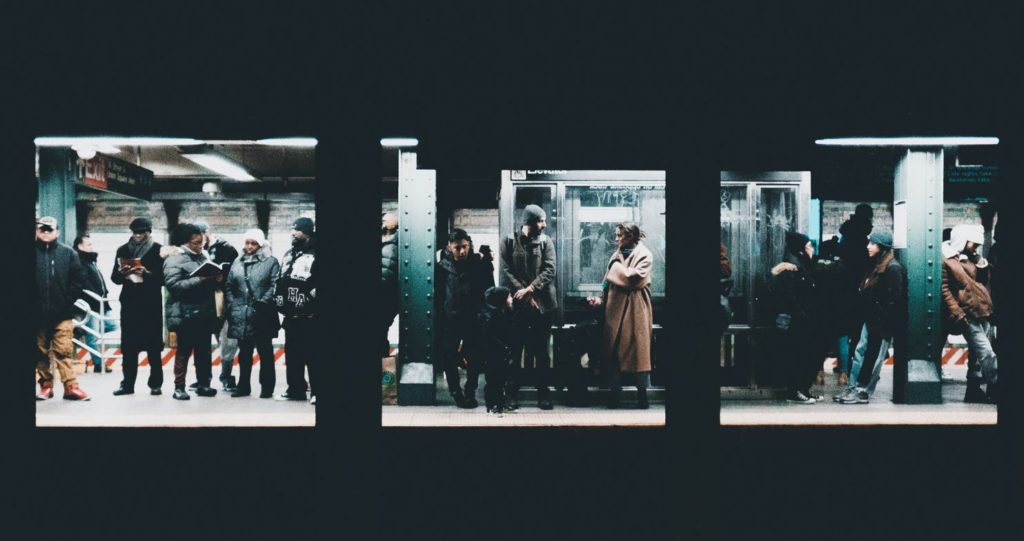- Visionary leaders play a crucial role in transforming urban transit systems.
- Innovation and strategic planning are key to creating efficient and sustainable transit networks.
- Embracing new technologies, such as contactless payments and real-time tracking, is essential for modern transit systems.
- Sustainability practices like using eco-friendly vehicles and renewable energy sources are becoming the norm in many cities.
Imagine navigating a city where every journey is smooth, efficient, and tailored to the needs of its residents. In the ever-evolving landscape of urban transit, this is not just a distant dream but a goal within reach. The way we move within our cities is transforming, and visionary management is at the heart of this transformation.
In this exploration, we delve into the world of city transit — a realm where strategic decisions, innovative thinking, and future-oriented goals drive a revolution in how we travel. Join us as we uncover the impact of leadership and vision in shaping the transit systems that connect us to our cities and each other.
Visionary Leaders Transforming Urban Transit
The leaders who have the power to transform urban transit are not just managers — they are visionaries. They possess a keen understanding of the changing landscape and work tirelessly to create sustainable, efficient, and inclusive transportation systems for their cities.
The Role of Leadership in Transit Evolution
In the journey towards advanced urban mobility, leadership is the compass that guides the course. Visionary leaders in transit management don’t just oversee operations; they reimagine what urban travel can be.
For instance, the Singapore Mass Rapid Transit (SMRT) system, a pioneer in automated and high-speed rail transit, was efficiently overseen and expanded by visionary leaders. The SMRT CEO, Ngien Hoon Ping, believes that leadership in transit management should be future-oriented, anticipating and addressing challenges before they arise.
Under his stewardship, Singapore Mass Rapid Transit (SMRT) has enhanced operational efficiency and pioneered customer-centric initiatives. Leaders like him show that with the right vision, the daily commute can become more than just a routine — it can be a seamless, enjoyable experience.
Innovation and Strategic Planning in Transit Systems

But visionary leadership is not just about having great ideas; it’s about bringing them to life through strategic planning and innovation. A well-crafted strategy can mean the difference between a stagnant and dynamic system in today’s urban transit landscape.
Innovative approaches, such as integrating smart technology with traditional transit or adopting data-driven solutions for traffic management, are redefining what it means to travel in a city. These innovations make for a smoother commute and pave the way for more sustainable and adaptable urban transport solutions.
Adapting to Emerging Urban Transit Trends
As you travel through your city, have you noticed the subtle yet significant changes in how transit systems operate? These changes reflect a broader shift in urban transit trends, adapting to new technologies and sustainability practices that are essential for the future.
Embracing New Technologies in Transit
The embrace of new technologies in urban transit isn’t just a trend; it’s a necessity. Technology makes city travel more efficient and user-friendly, from contactless payments to real-time tracking apps. Imagine being able to plan your entire journey with a few taps on your smartphone or boarding a bus with just a quick scan of your mobile device.
This level of convenience is becoming the new standard in many cities. By adopting these technological advancements, transit systems not only cater to the needs of the modern commuter but also set the stage for even more innovative solutions.
Sustainable Practices in Modern Transit Systems
Sustainability is another key trend shaping the future of urban transit. As you ride a bus or train, consider the impact of your travel on the environment. Many cities are now integrating eco-friendly vehicles and renewable energy into their transit systems.
The transition towards sustainability encompasses more than just carbon footprint reduction; it entails the creation of a healthier and more livable urban environment. Transit authorities contribute to the planet’s well-being by prioritizing green practices and ensuring a cleaner, greener travel experience for you and future generations.
Setting the Course for Future Transit Goals
As we look towards the horizon of urban mobility, it’s clear that the journey is as important as the destination. The future of city transit is not just about advancements; it’s about setting and achieving goals that resonate with the needs of a diverse and evolving population.
Building a Resilient and Inclusive Transit Network

One of the key goals for future urban transit is to build a resilient and inclusive network. Think about a transit system that not only withstands the challenges of time and technology but also caters to every member of society.
This includes ensuring accessibility for people with disabilities, providing affordable travel options for all socioeconomic groups, and designing routes connecting even the city’s most remote parts. A resilient and inclusive transit network isn’t just a sign of progress; it’s a commitment to ensuring that everyone has equal access to city life’s opportunities.
The Bottomline
At the helm of city transit, visionary management and ambitious future goals drive a revolution in how we move within our cities. The path ahead is filled with exciting possibilities, from embracing new technologies and sustainable practices to building resilient and inclusive networks.
As a city dweller, your journey through the urban landscape is set to become more efficient, enjoyable, and aligned with the needs of a modern, dynamic world. Remember, every trip you take is a part of this more extensive journey towards a brighter future in urban mobility.



